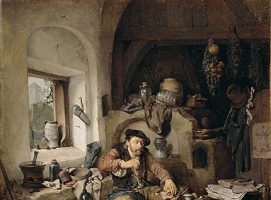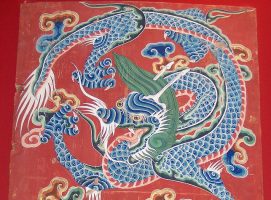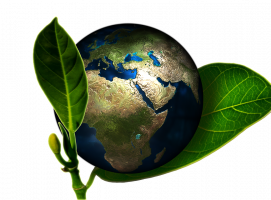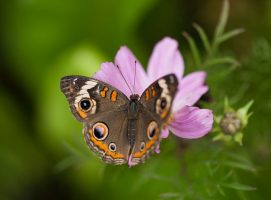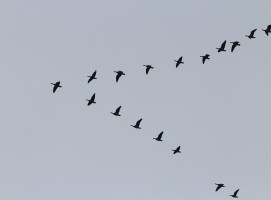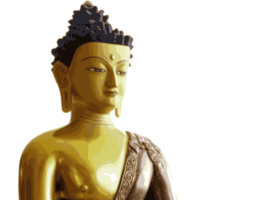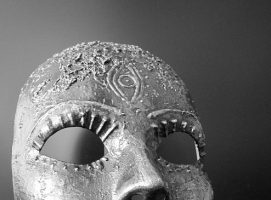Showing 99 articles
Nemetona
Author: Natalya PetlevychApril 19, 2016
Many hundreds of years ago when the Romans ruled over vast territories in Europe, a man from Treveri (Trier, Germany) named Peregrinus embarked on a long journey to Aquae Sulis (Bath). The gods were merciful to him and, upon arrival, thankful Peregrinus erected an altar stone to Nemetona and Loucetius Mars, to the Mistress of a [...]Alchemy
Author: Miha KosirApril 19, 2016
Alchemy has a reputation from the Middle Ages. We can imagine obscure medieval laboratories with alchemists driving themselves to madness by spending years trying to achieve the impossible – the transmutation of lead into gold. This is one side of the story… In fact, alchemy has been around for thousands of years. It was not [...]Art for Enlightenment
Author: Miha KosirMarch 28, 2016
Masterpieces of Tibetan art found in the private temple of the Dalai Lamas have been reproduced and displayed for the first time in a special exhibition at the Wellcome Collection in London. The Lukhang, or “Temple to the Serpent Spirits” was built in the late 17th century on a lake behind the Potala Palace in [...]The True Power of Water
Author: Florimond KrinsMarch 2, 2016
Made of 70% of it we all know that water is crucial to our own survival as we can’t live without it, literally. It will only take a couple of days for our body to stop functioning properly without drinking water. But the importance that water plays in our bodies goes beyond the simply physiological, [...]We Need More Activism and Philosophy
Author: Sabine LeitnerFebruary 26, 2016
It is often said that by changing ourselves, we can change the world, and I believe that is true. However, is individual change sufficient? Is it enough to try to behave in a responsible and conscious way in order to bring about the collective change that is so urgently needed? Let’s look at some examples: [...]The Reed Flute in Sufism
Author: Pinar AkhanFebruary 24, 2016
The flute as an instrument is perhaps as old as any civilization. It has been used in music both for ritualistic and entertainment purposes in ancient Egypt, Greece, the Hindu culture and in Sufism. The reed flute (called ney) is one of the main instruments in Sufism. It has been played for 4500-5000 years and [...]Tuning to Nature
Author: Natalia LemaFebruary 8, 2016
In the ancient civilizations there was an approach to nature in which all beings were considered to be connected in a harmonious way. Stones, plants, animals, humans and divine beings were all part of Creation and the awareness of the thread that united them was more present in the minds of those who lived in [...]The Wisdom of Geese
Author: Istvan OrbanJanuary 29, 2016
There is an old saying that goes: “What’s good for the goose is good for the gander”, meaning that what is good for one person is good for another. If we look a little closer at the behaviour of geese, we can find many more things we can learn from them. Particularly their amazing spirit [...]Eostre and Easter
Author: Pinar AkhanJanuary 24, 2016
As we approach Easter, the representations of this festivity are increasingly appearing all around us; bunnies, painted eggs and rabbit icons which are all the traces of an ancient celebration dedicated to the Goddess Eostre. St. Bede – a lifelong monk who studied history, theology, chronology and poetry and dedicated himself to understanding the Anglo [...]Reflection on Life and Death
Author: Natalia LemaJanuary 23, 2016
Life and death are two sides of the same coin. However, we spend most of our time dealing with life and rejecting or denying somehow the natural aspect of death, perhaps because we might see it as a final end. Death is commonly related to pain, suffering, loss and uncertainty. Ancient civilizations like that of [...]Beauty in stone – the Greek Miracle
Author: Agostino DominiciJanuary 23, 2016
I have just learned that in the next few weeks the British Museum will be launching a major exhibition on Greek art – Beauty in the human form. Why is it that, despite the passage of twenty-five centuries, the beauty of Greek sculpture still commands so much attention? In what is sometimes called the Greek [...]The Mask – a Sacro-Magical Art Form
Author: Agostino DominiciJanuary 13, 2016
The making and use of masks dates back several millennia. It is one of the most ancient and widespread art forms – one which has captured the imagination of countless people around the world. On a recent visit to Portobello Market in London, I found myself confronted by a remarkable display of antique Balinese masks. [...]
